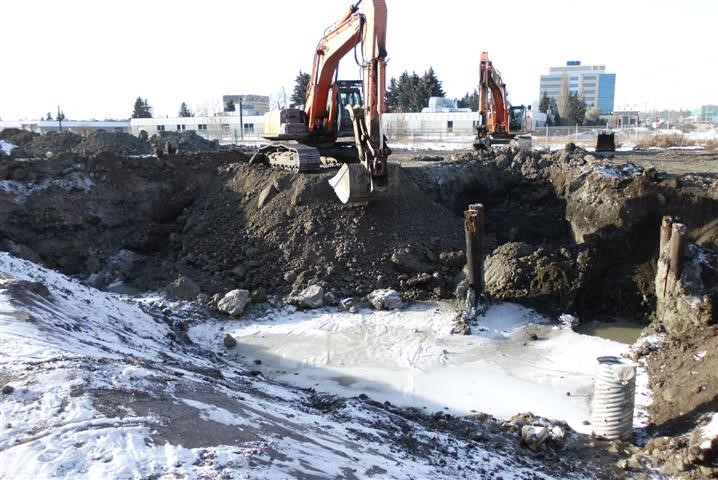Ballast Environmental provided the following to achieve project goals:



During multiple Phase 1 ESAs completed on multi-well padsit was determined a remote sump was used for multiple wells drilled in the 1980’s. After extensive research, it was discovered that the remote sump was located over 1 kilometer from the well sites.
A Phase 2 ESA was initiated on the remote sump and through an EM Scan and borehole drilling, it was determined the remote sump was contaminated with hydrocarbons and salinity (SAR, EC and chlorides). The areas of contamination were further delineated using the EM survey and borehole drilling program.
Upon consultation and review of several remediation options provided by Ballast Environmental, the client chose to excavate the sump and transport it to an approved facility for disposal.
We managed the project, including all contractors and communications with the stakeholders. This project involved a new lease agreement, fencing, soil stripping and conservation, tree/bush removal, excavation of overburden and excavation of contaminated soils. This project was especially challenging because of its location in sandy soils with no access. The sandy soils complicated the contamination migration and access to site. To reduce impact and cost, the contaminated soils weretransported from site during frozen ground conditions. The backfilling and surface reclamation took place in spring. Over the next few years, we monitored the growth and made adjustments as necessary until the site meet the AER guidelines and passed a Detailed Site Assessment. During the process we provide daily reports with weekly update meetings. We were on budget.




























Powered by Instalogic Marketing
© 2024 Ballast Environmental Consulting Ltd.